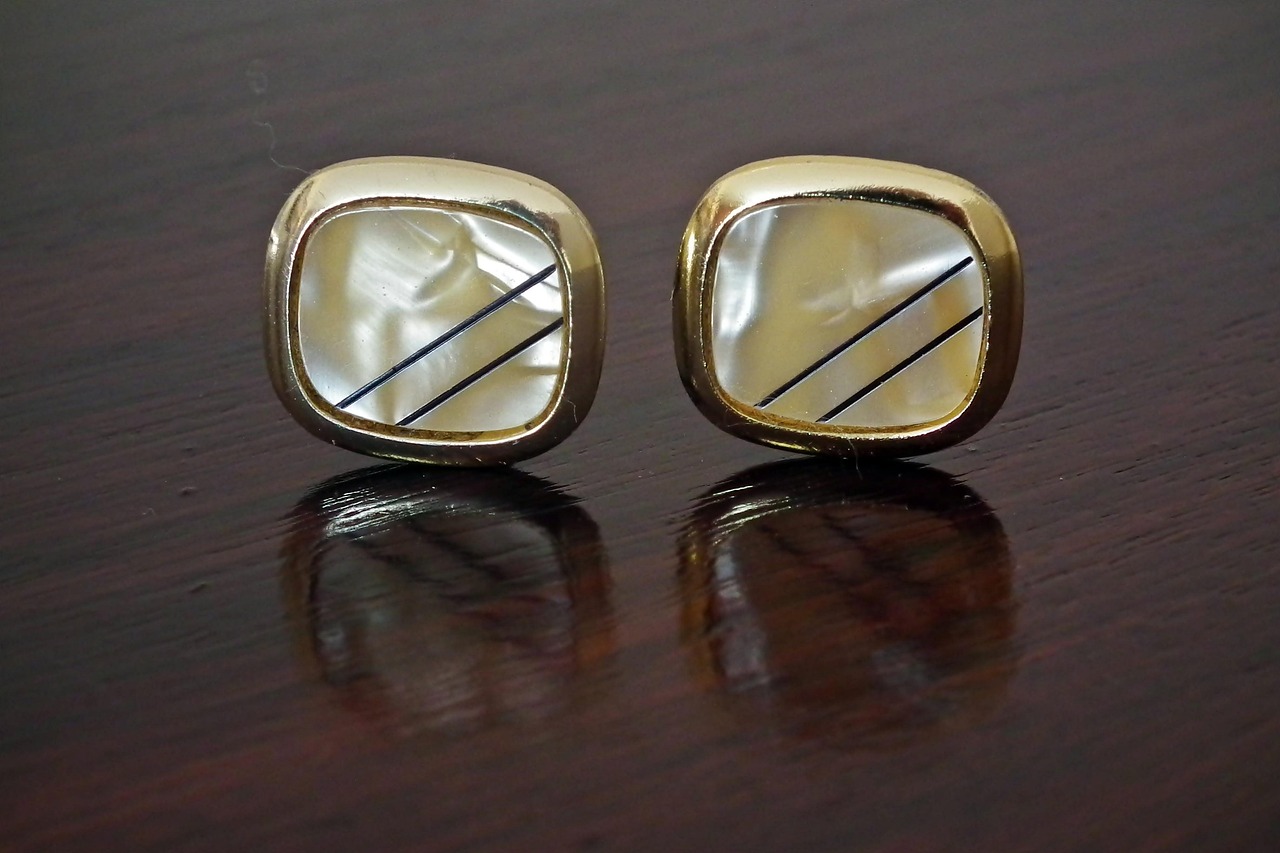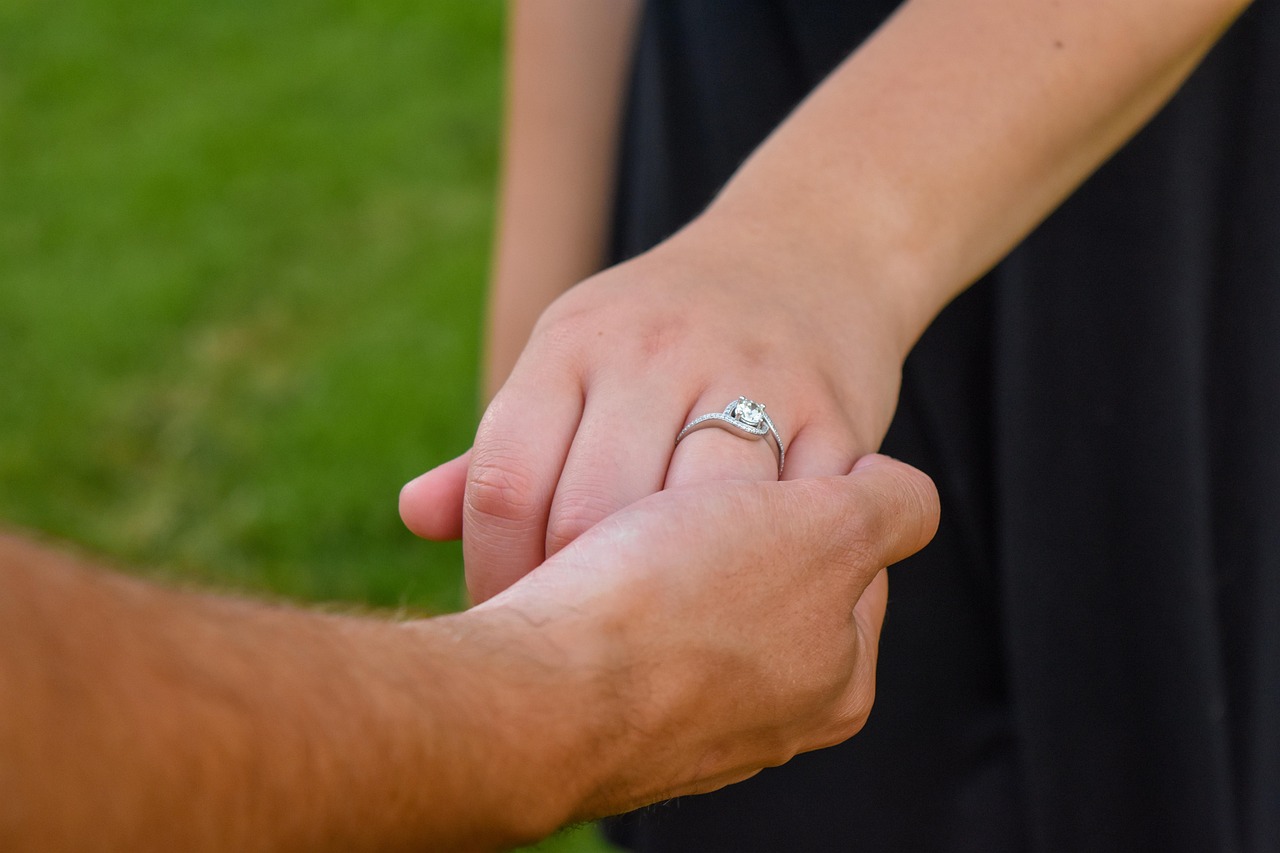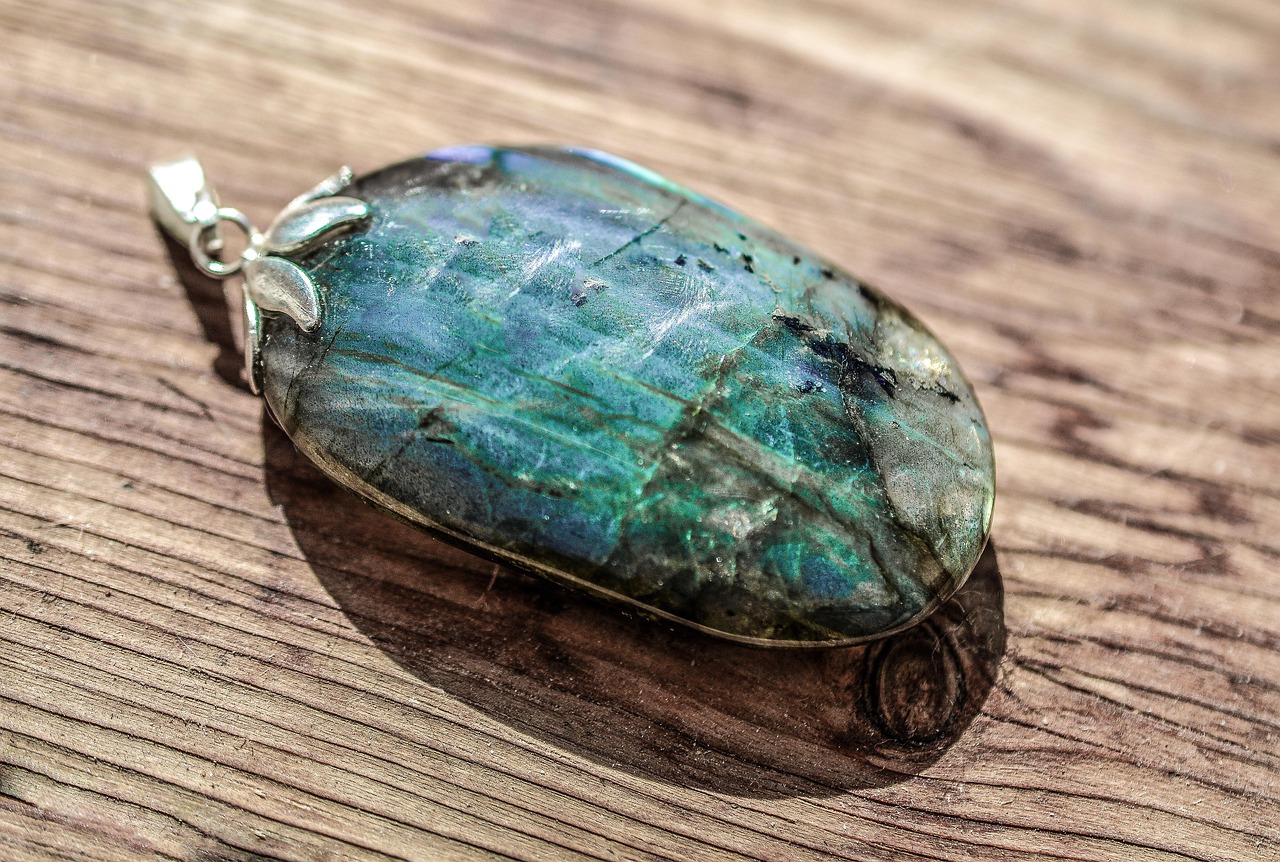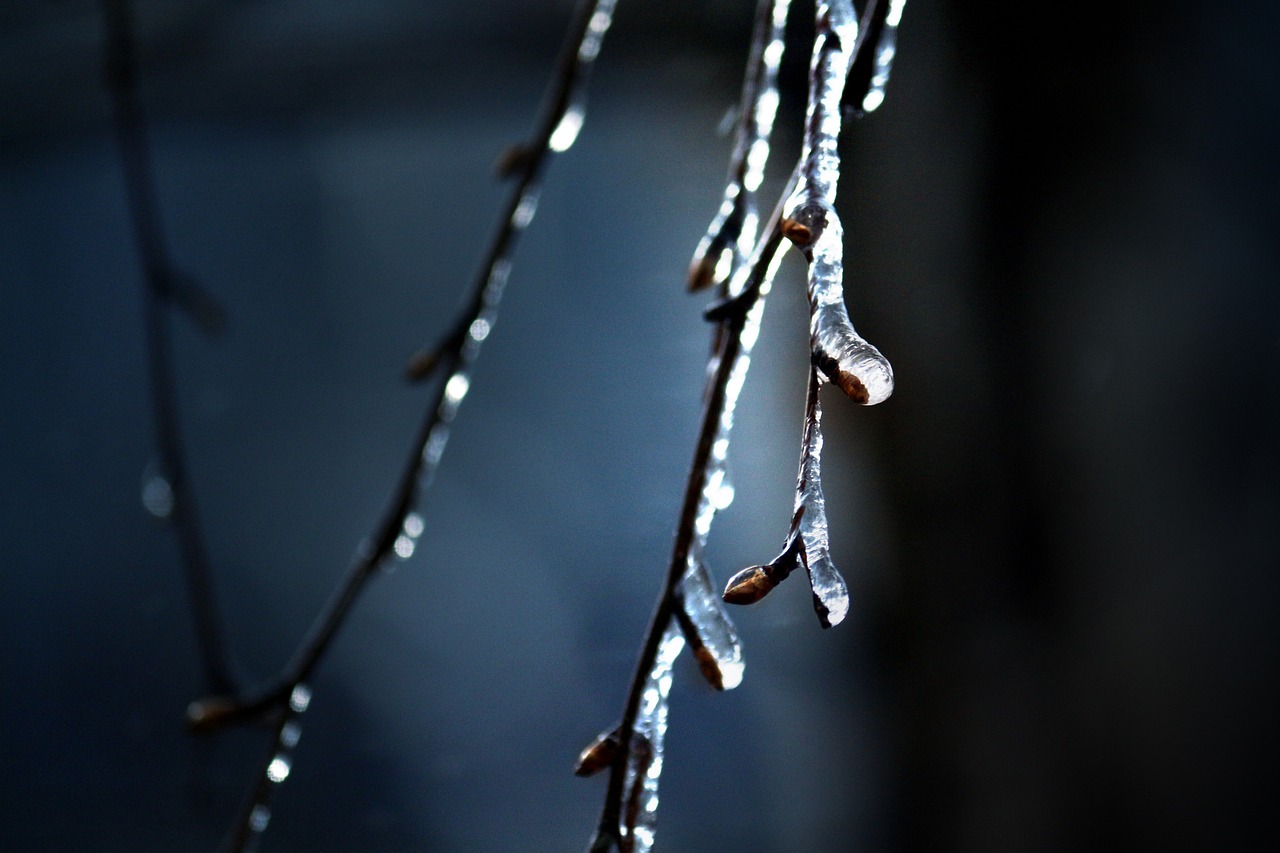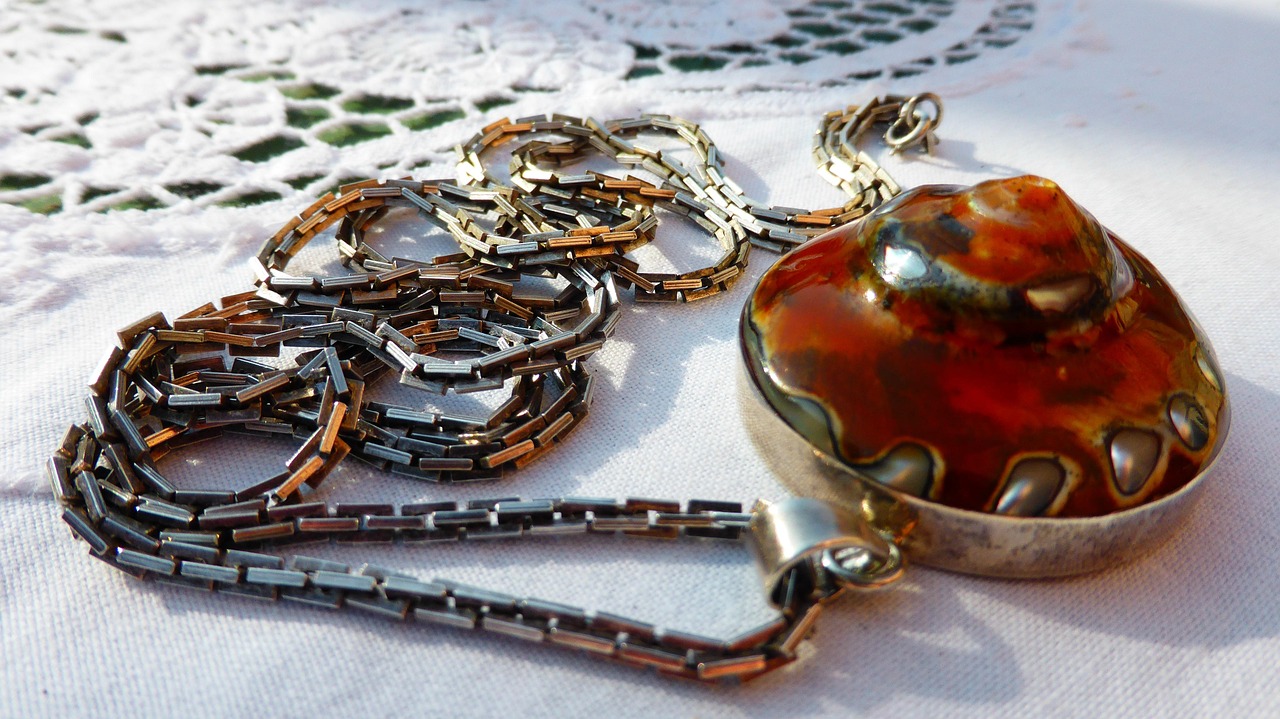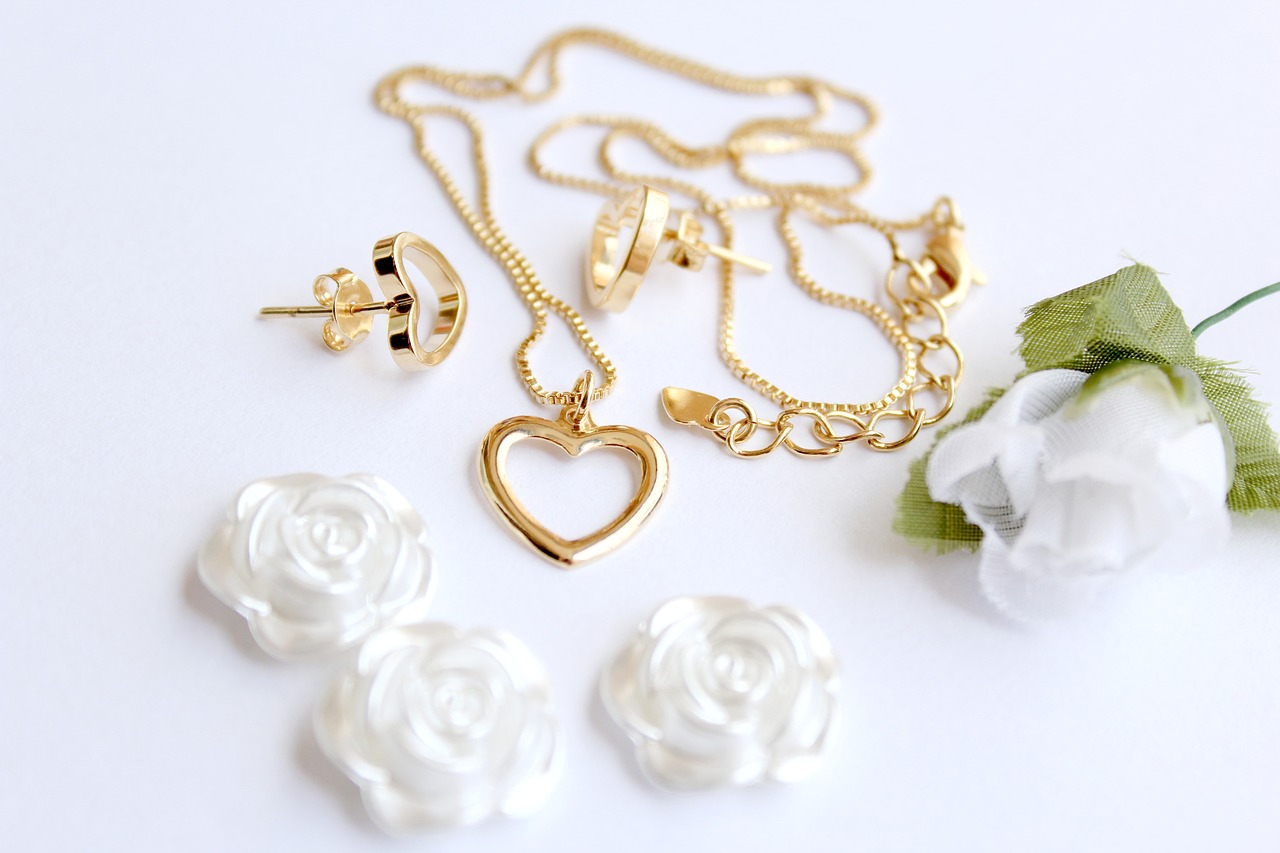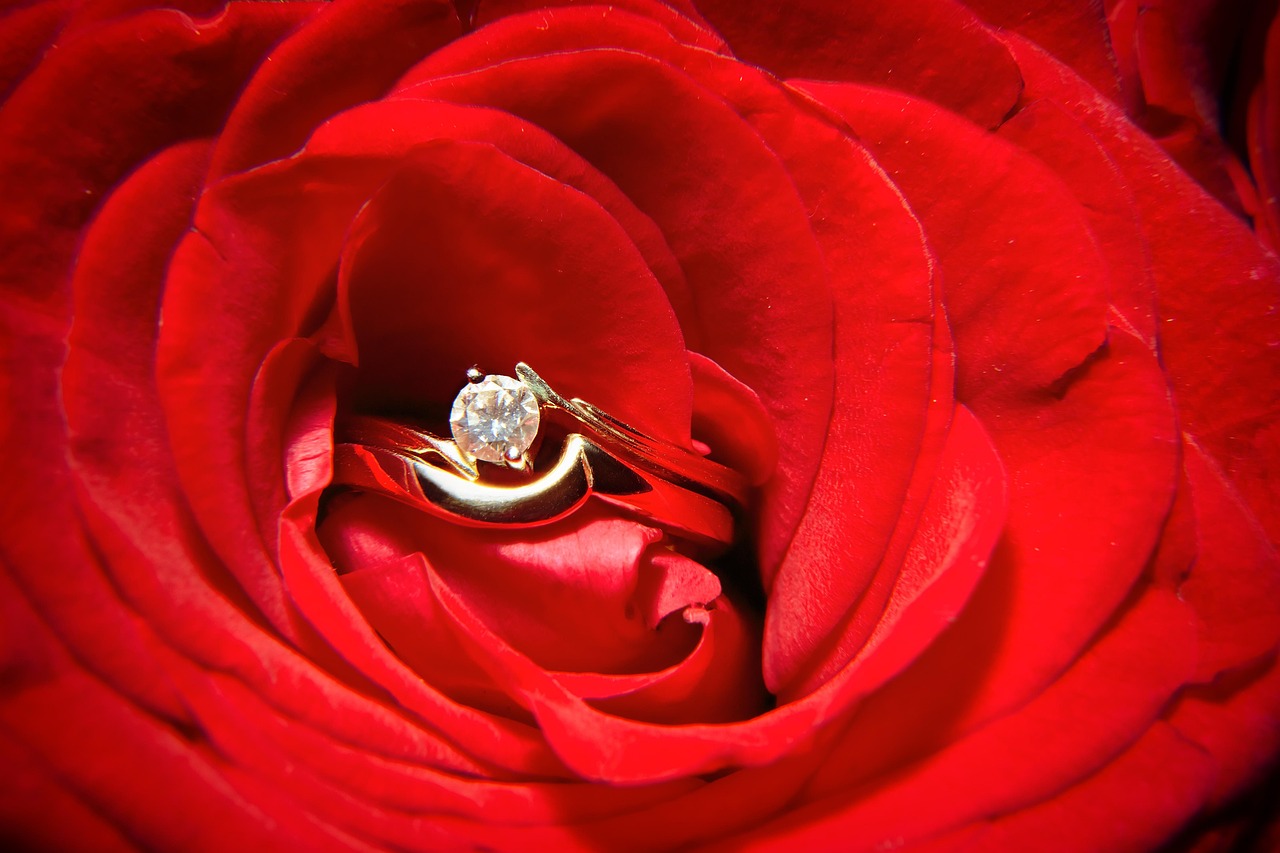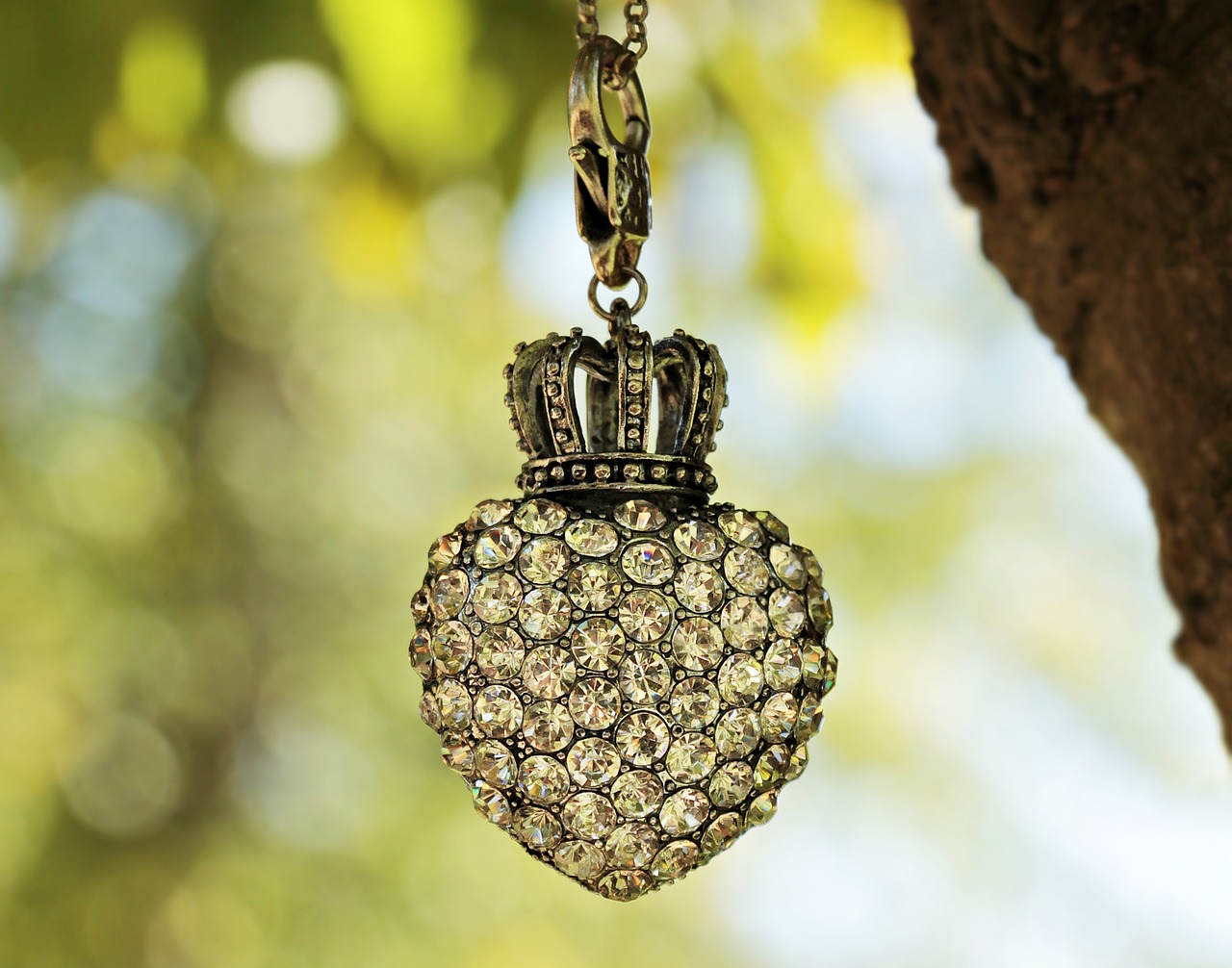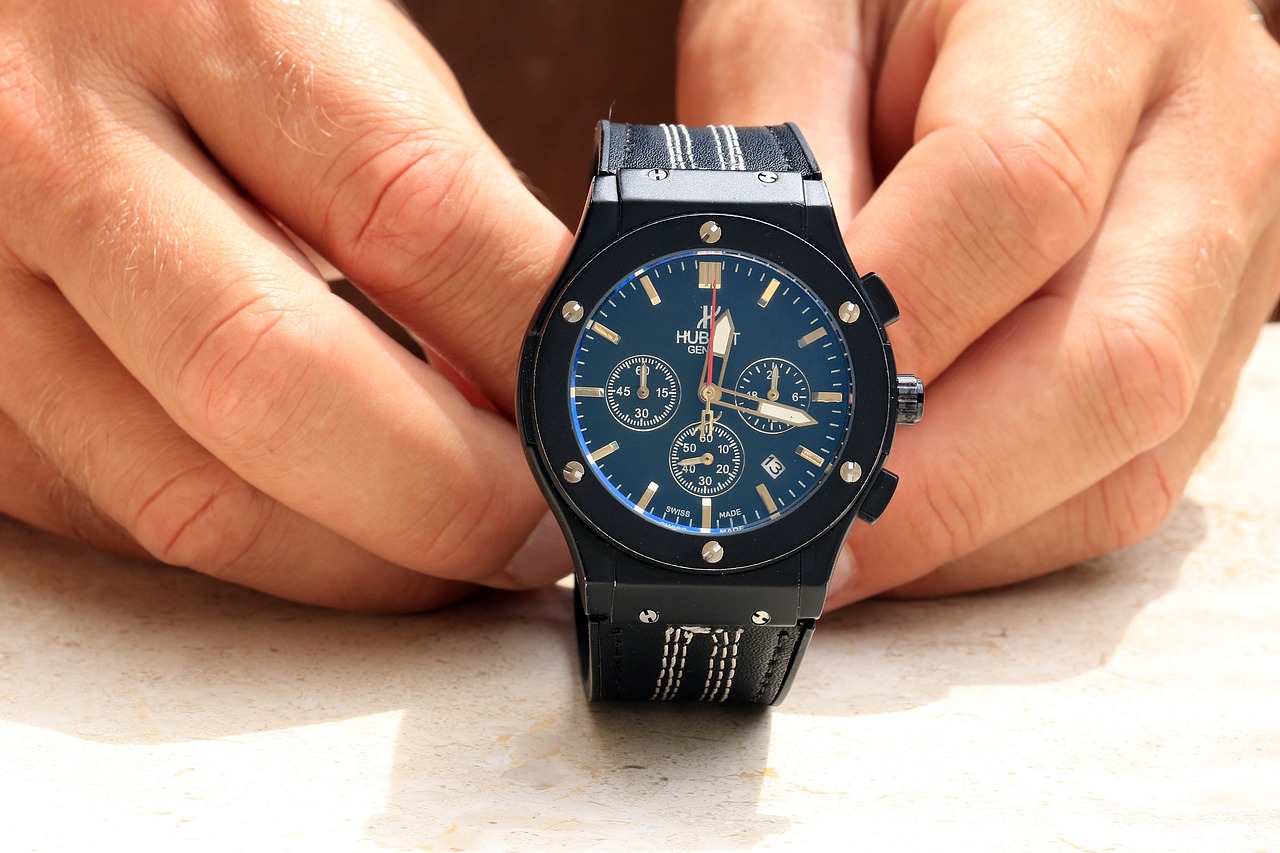Restoring vintage jewelry is an art that requires a delicate balance between preserving its historical significance and enhancing its aesthetic appeal. This article delves into effective techniques for restoring vintage jewelry while ensuring its integrity and value remain intact. By approaching restoration thoughtfully and responsibly, you can maintain the unique charm of each piece.
Vintage jewelry is not just about aesthetics; it embodies a rich history and craftsmanship that reflects the era it comes from. The materials, such as gold, silver, and precious stones, often tell a story of their own. Understanding the unique qualities of these pieces is essential for anyone looking to restore them. Factors like design elements and manufacturing techniques contribute significantly to their value.
Proper restoration is vital for maintaining the authenticity and value of vintage jewelry. Using improper techniques can lead to irreversible damage, diminishing a piece’s worth. For instance, harsh cleaning agents can erode the metal or damage gemstones. Understanding the risks of improper restoration can help you make informed decisions about how to proceed.
Before initiating any restoration work, it is crucial to assess the condition of the jewelry. Key factors to evaluate include:
- Structural Integrity: Check for any loose components or signs of wear.
- Metal Quality: Determine if the metal has tarnished or corroded.
- Gemstone Condition: Inspect for chips, cracks, or discoloration.
Having the right tools and materials is essential for successful restoration. Recommended tools include:
- Soft Brushes: For gentle cleaning.
- Ultrasonic Cleaners: For deep cleaning, if appropriate.
- Jewelry Glue: For minor repairs.
Additionally, safe cleaning materials such as mild soap and water can be effective without damaging the piece.
Many vintage jewelry pieces can be cleaned at home with care. Safe home cleaning methods include:
- Using a Soft Cloth: Wipe the surface gently to remove dirt.
- Soaking in Mild Soap: A diluted soap solution can help loosen grime.
Always avoid abrasive materials that can scratch or damage delicate components.
While some restorations can be DIY, certain situations call for professional help. If the piece has significant damage or requires specialized techniques, seeking expert assistance is advisable. Professionals can provide a thorough assessment and use advanced methods to ensure the jewelry’s value is preserved.
Various techniques can be employed in the restoration process, including:
- Polishing: To restore shine without removing too much material.
- Re-stringing: Essential for beaded necklaces or bracelets.
- Repairing Settings: Ensuring stones are secure and settings are intact.
Each method should be approached with caution to avoid over-restoration.
Proper storage of restored jewelry is crucial for maintaining its condition. Guidelines include:
- Avoiding Moisture: Store in a dry environment to prevent tarnishing.
- Using Soft Pouches: Prevent scratches by storing pieces individually.
Over-restoration can significantly diminish a piece’s value. It is essential to strike the right balance in the restoration process. For instance, overly aggressive cleaning can remove patina that contributes to the piece’s character. Always prioritize preserving the original features of the jewelry.
Keeping a record of the restoration process is important for future reference. Document repairs and cleaning efforts to maintain the jewelry’s provenance. This can enhance its value and provide a history for future owners.
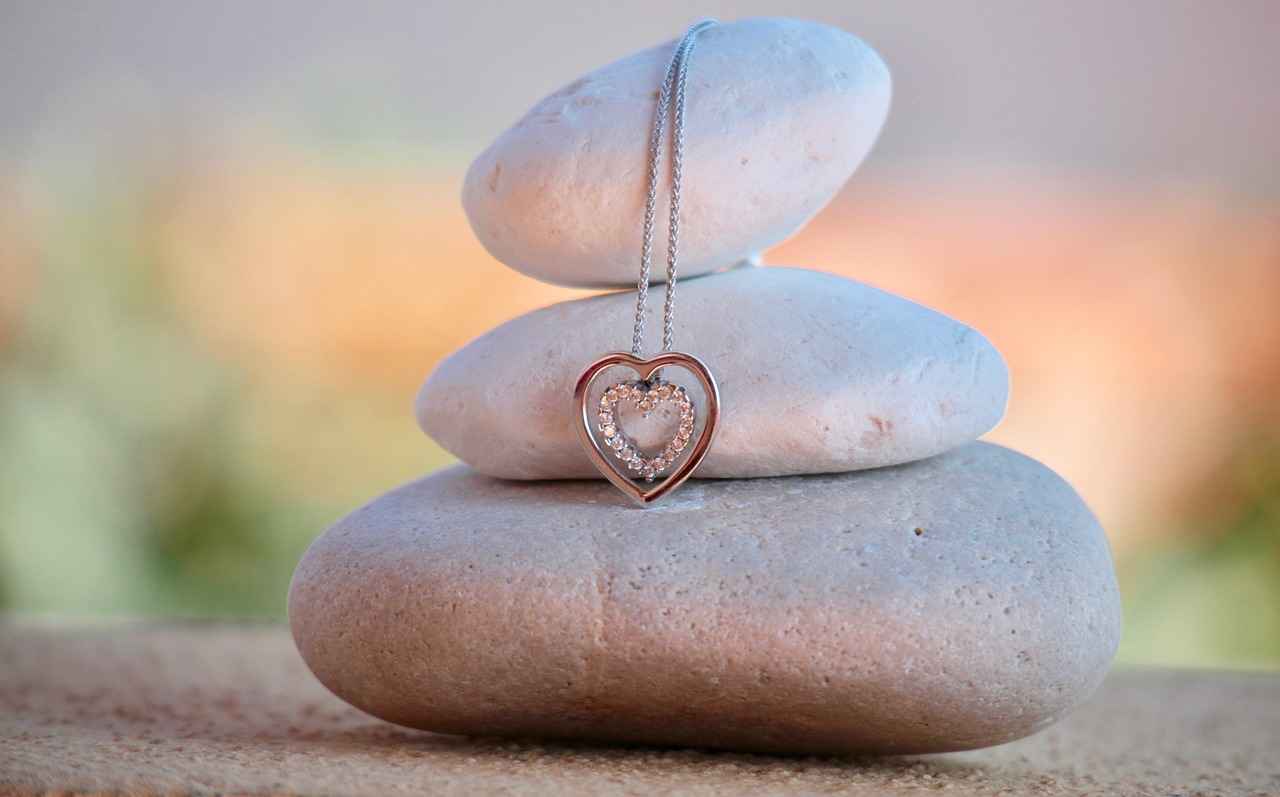
What Makes Vintage Jewelry Unique?
Vintage jewelry holds a special place in the hearts of collectors and enthusiasts alike. Understanding what makes these pieces unique is essential for anyone considering restoration. This section delves into the historical context, craftsmanship, and materials that contribute to the value of vintage jewelry.
Historical Context
Every piece of vintage jewelry tells a story, often reflecting the era in which it was created. The historical context encompasses the cultural and societal influences that shaped design trends. For instance, Art Deco jewelry, characterized by its geometric shapes and bold colors, emerged during the 1920s and 1930s, a time of great social change. Understanding these historical nuances not only enhances appreciation but also informs restoration practices.
Craftsmanship
The craftsmanship involved in creating vintage jewelry is often unparalleled. Artisans used techniques that have been largely forgotten in modern manufacturing. Handcrafted elements, intricate detailing, and unique settings are hallmarks of vintage pieces. For example, the use of filigree work, which involves delicate metal threads, showcases the skill and time invested in each item. Recognizing these craftsmanship elements is crucial when restoring, as they must be preserved to maintain the piece’s authenticity.
Materials
The materials used in vintage jewelry significantly impact its value. Many pieces feature natural gemstones and high-quality metals that are often not found in contemporary jewelry. For instance, vintage pieces may contain old mine cut diamonds or antique gold alloys, which contribute to their unique appeal. Understanding the specific materials used can guide restoration efforts; for example, using modern substitutes may detract from the piece’s original value.
Evaluating Value
When assessing the value of vintage jewelry, it is essential to consider how its historical context, craftsmanship, and materials intertwine. A thorough evaluation should include:
- Provenance: The history of ownership can significantly affect value.
- Condition: The state of the piece before restoration is crucial.
- Market Trends: Understanding current trends can inform the potential resale value.
Recognizing these unique qualities not only enhances the appreciation of vintage jewelry but also provides a solid foundation for responsible restoration practices. By respecting the historical significance, craftsmanship, and materials, one can ensure that the integrity and value of these treasured pieces remain intact.
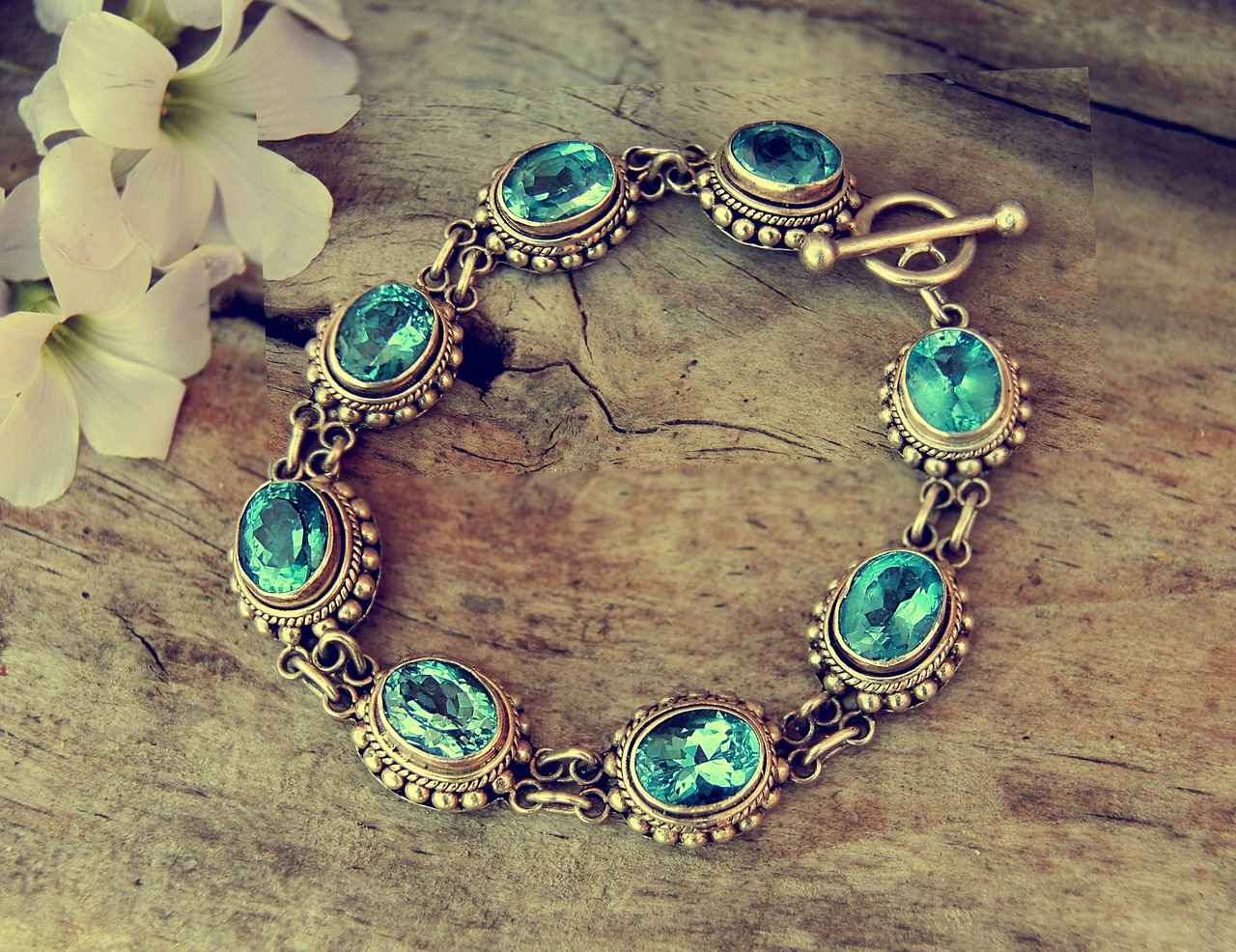
Why Is Proper Restoration Important?
Restoring vintage jewelry is not just about making it look new again; it is about preserving its authenticity and value. Vintage pieces often carry a rich history, and improper restoration techniques can lead to irreversible damage. This section delves into the essential reasons why proper restoration is crucial for maintaining the integrity of these treasured items.
First and foremost, vintage jewelry often features unique craftsmanship and materials that are no longer in production. Many pieces are handmade, showcasing the skills of artisans from a bygone era. When restoration is done improperly, it can alter the original design, thereby diminishing its historical significance. For instance, using modern materials to replace original components can drastically change the piece’s character and reduce its value in the eyes of collectors.
Moreover, improper cleaning techniques can lead to physical damage. Many vintage pieces incorporate delicate gemstones or intricate settings that require specialized care. Using harsh chemicals or abrasive tools can scratch or dull these surfaces, leading to a loss of luster and beauty. Preserving the original finish is critical, as it reflects the age and story of the piece. Thus, understanding the correct methods for cleaning and restoring is paramount.
Another significant risk associated with improper restoration is the potential for devaluation. Collectors and appraisers often focus on the originality of a piece when determining its worth. If a vintage item has been altered in a way that is not reversible, it may lose its appeal in the market. For example, if a ring is resized improperly, it could affect not only its fit but also its structural integrity, making it less desirable to potential buyers.
In addition, the emotional value of vintage jewelry cannot be overlooked. Many pieces are passed down through generations, carrying sentimental significance. When restoration is not performed correctly, it can detract from the emotional connection that owners have with the piece. Maintaining its original form and character allows future generations to appreciate and cherish its history.
Finally, proper documentation during the restoration process is vital. Keeping a detailed record of the techniques used, materials replaced, and any alterations made can provide invaluable context for future owners. This documentation serves as a testament to the care taken during restoration and can help maintain the piece’s provenance, which is essential for both emotional and financial reasons.
In summary, the importance of proper restoration cannot be overstated. It is essential for preserving the authenticity, value, and emotional significance of vintage jewelry. By understanding the risks associated with improper techniques, collectors and enthusiasts can make informed decisions that honor the history and craftsmanship of these beautiful pieces.
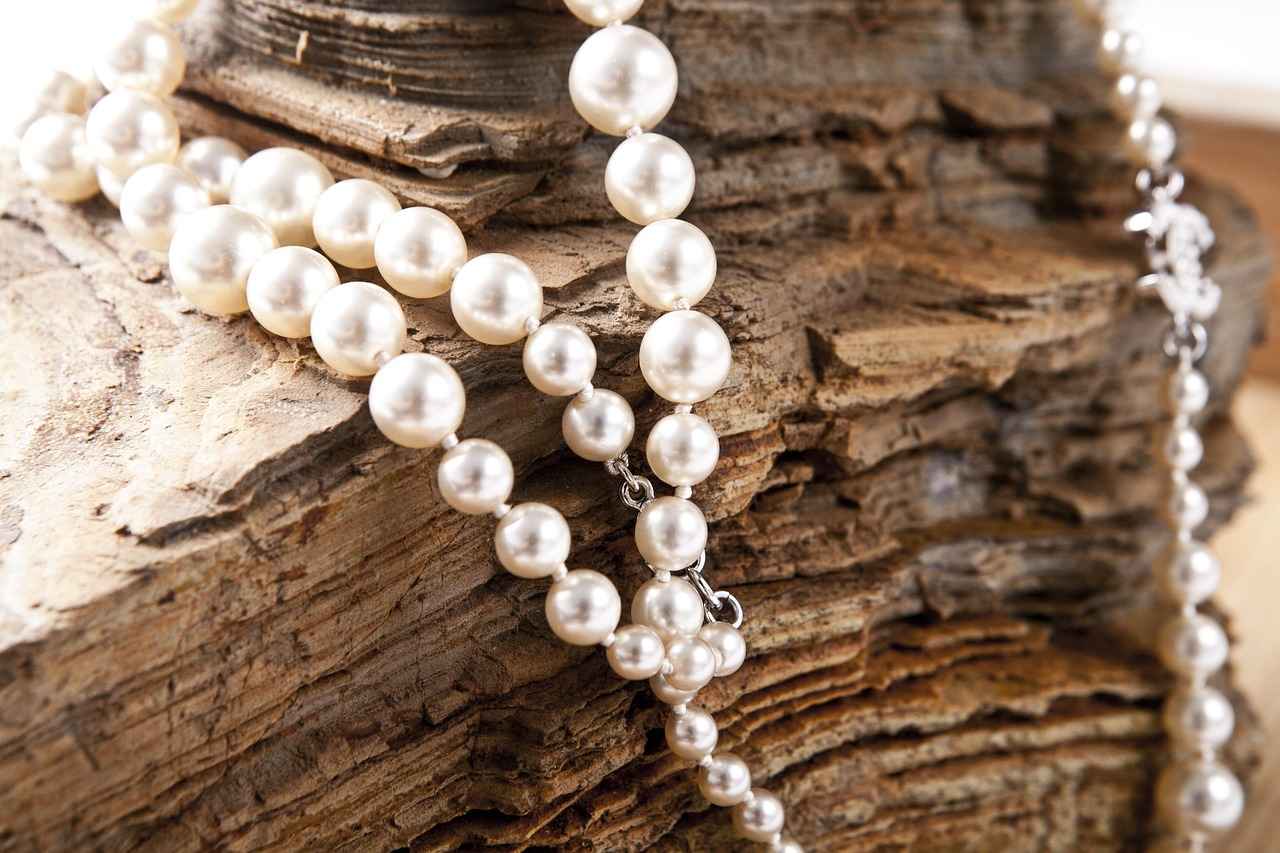
How to Assess the Condition of Vintage Jewelry?
Assessing the condition of vintage jewelry is an essential step before embarking on any restoration efforts. Understanding the current state of a piece helps ensure that restoration is both effective and respectful of its historical value. This section will guide you through the key factors to evaluate, including structural integrity, metal quality, and gemstone condition.
- Structural Integrity: Begin by examining the overall structure of the jewelry. Look for any signs of damage such as cracks, bends, or loose components. A piece with compromised structural integrity may require more extensive repairs. Pay close attention to clasps, hinges, and settings, as these areas are often the most vulnerable.
- Metal Quality: The type of metal used in vintage jewelry can significantly affect its value and restoration process. Assess whether the metal is gold, silver, or platinum, and check for any signs of tarnish or corrosion. It’s important to determine if the piece is solid metal or plated, as this will influence the cleaning methods you can safely use. For instance, harsh chemicals can damage plated items.
- Gemstone Condition: If the jewelry features gemstones, their condition is equally important. Inspect each stone for scratches, chips, or loose settings. Some gemstones, like opals and pearls, are more delicate and require special attention. Understanding the specific needs of each gemstone will guide you in choosing the right restoration techniques.
In addition to these three key areas, consider the historical context of the piece. Vintage jewelry often carries a story, and its condition can reflect its journey through time. Documenting any findings during your assessment can provide valuable insights for future restoration efforts and help maintain the piece’s provenance.
After completing your assessment, you will be better equipped to make informed decisions about the restoration process. Remember, the goal is to preserve the integrity and value of the vintage jewelry while enhancing its beauty. By taking the time to thoroughly evaluate the condition of each piece, you can ensure that your restoration efforts are both effective and respectful of its history.
In conclusion, assessing the condition of vintage jewelry is a crucial step that lays the foundation for successful restoration. By focusing on structural integrity, metal quality, and gemstone condition, you can protect the piece’s value and historical significance while bringing it back to life.
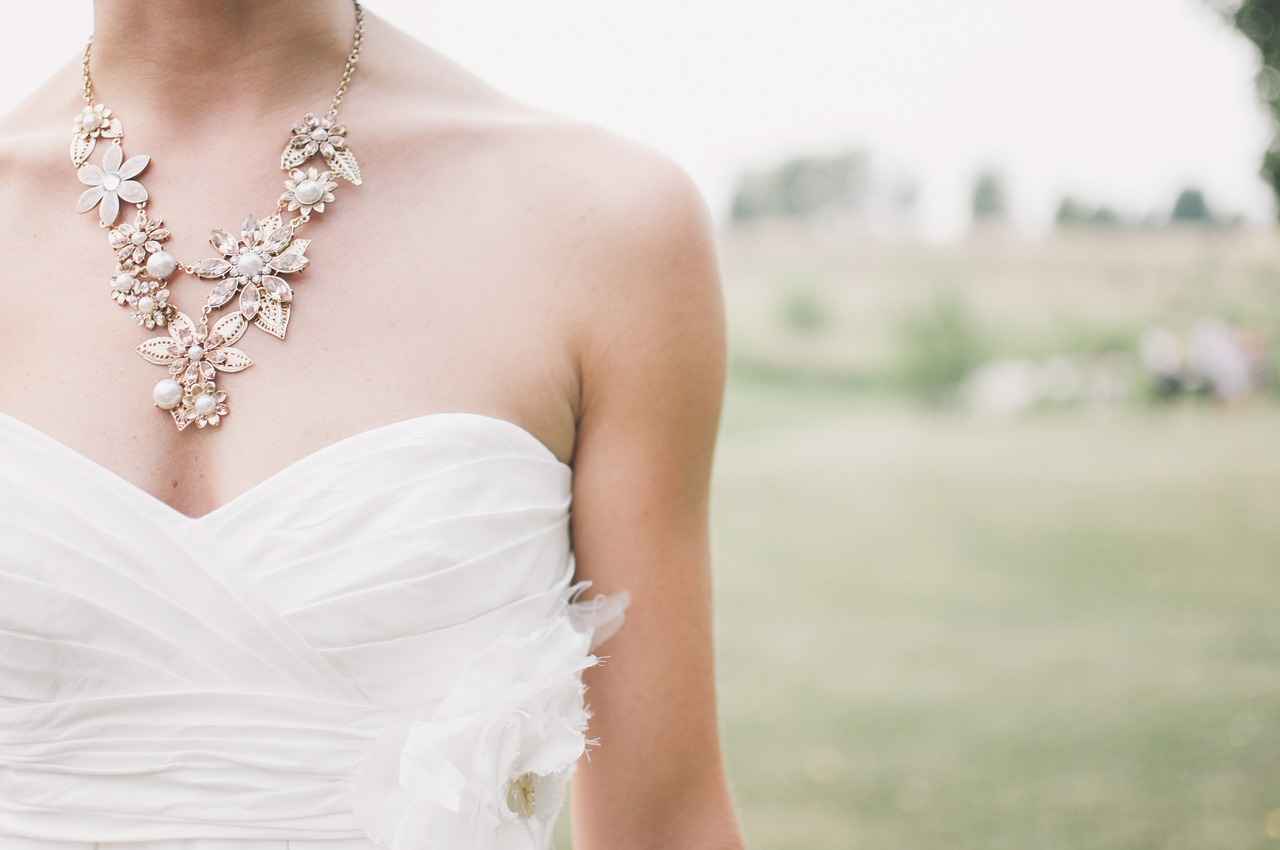
What Tools and Materials Are Needed for Restoration?
When it comes to restoring vintage jewelry, having the right tools and materials is crucial to ensure a successful outcome. The delicate nature of these pieces requires careful handling and appropriate supplies to maintain their integrity and value. Below, we outline the essential tools and safe cleaning materials recommended for working on vintage jewelry.
To begin the restoration process, gather the following tools:
- Jeweler’s Loupe: A magnifying glass that allows you to inspect intricate details and identify any damage.
- Soft Brushes: Ideal for cleaning delicate surfaces without scratching or damaging the jewelry.
- Microfiber Cloths: Perfect for polishing and wiping down pieces without leaving lint or scratches.
- Jewelry Pliers: These come in various types, such as needle-nose and flat-nose, for bending, opening, and closing clasps.
- Wire Cutters: Essential for cutting through any old or damaged wires, especially in beaded jewelry.
- Jewelry Repair Kit: A comprehensive kit that includes various tools for repairing settings, clasps, and chains.
Using the right cleaning materials is just as important as having the right tools. Here are some recommended safe cleaning solutions:
- Warm Soapy Water: A gentle solution made from mild dish soap and warm water can effectively clean most jewelry pieces.
- Isopropyl Alcohol: This can be used to sanitize metal surfaces and gemstones, but should be used sparingly.
- White Vinegar: A natural cleaner that can help to dissolve tarnish on metal surfaces.
- Baking Soda Paste: A mixture of baking soda and water can be used to gently scrub tarnished metals.
- Commercial Jewelry Cleaners: If you opt for these, ensure they are specifically designed for vintage jewelry and read the instructions carefully.
When restoring vintage jewelry, it’s important to remember that gentleness is key. Always test cleaning solutions on a small, inconspicuous area first to ensure they do not damage the piece. Furthermore, avoid using harsh chemicals or abrasive materials that can scratch or degrade the jewelry.
In conclusion, having the right tools and safe cleaning materials is essential for restoring vintage jewelry without compromising its value. By preparing adequately and using the recommended supplies, you can ensure your restoration efforts are both effective and respectful of the piece’s history.
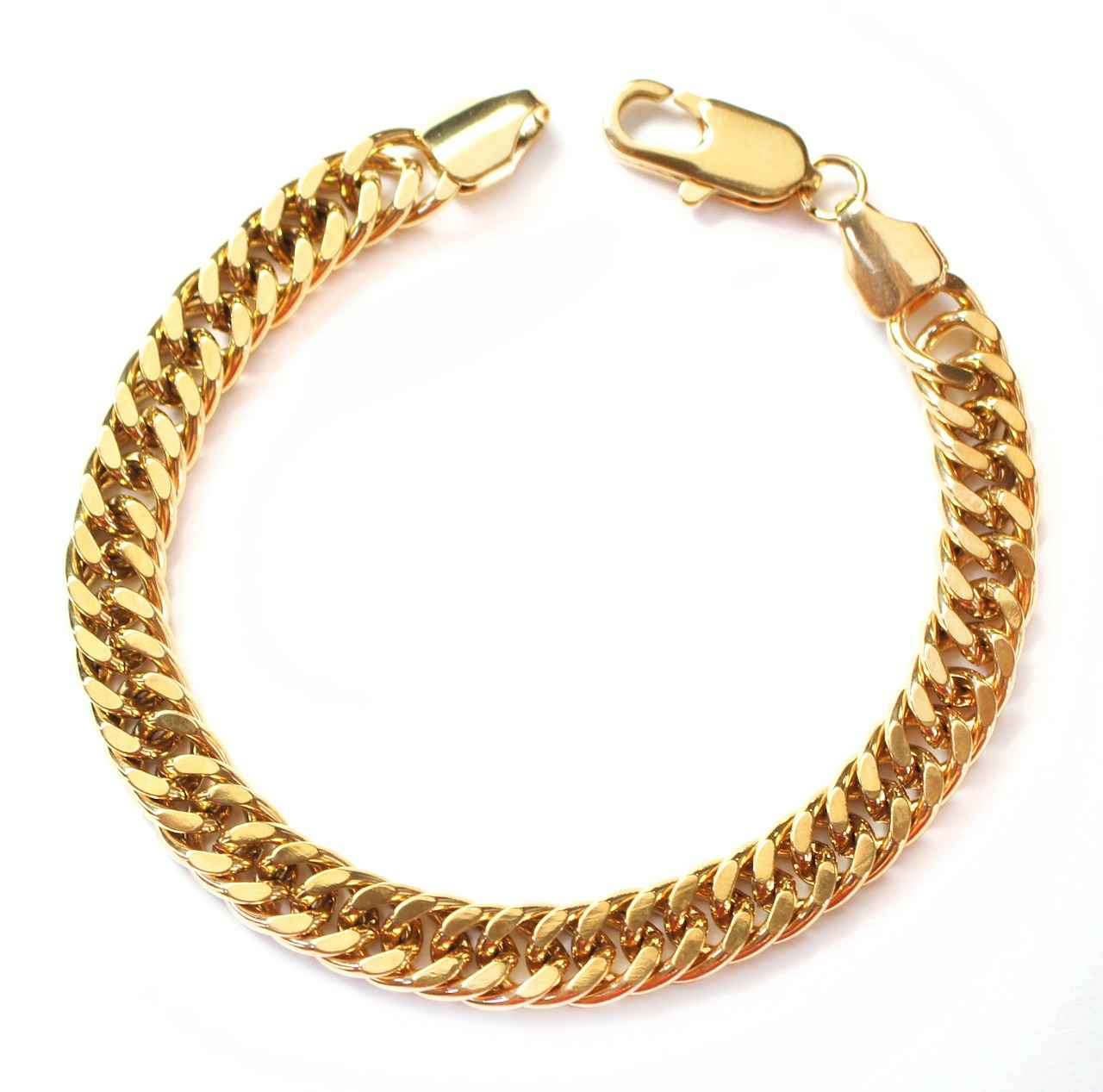
Can You Clean Vintage Jewelry at Home?
Cleaning vintage jewelry at home is a delicate task that requires a careful approach to preserve its beauty and integrity. Many vintage pieces can be rejuvenated with simple techniques, but it’s crucial to understand the materials and methods that are safe for these treasures.
Before diving into the cleaning process, it’s essential to assess the condition of your jewelry. Examine the piece for loose stones, fragile components, or any signs of wear. If you notice any structural issues, it may be best to consult a professional before attempting any cleaning.
Here are some safe home cleaning methods that can help restore your vintage jewelry:
- Gentle Soap and Water: For most metal types, a solution of warm water and a few drops of mild dish soap is effective. Use a soft cloth or a toothbrush with soft bristles to gently scrub the surface.
- Jewelry Cleaning Cloths: These specialized cloths are designed to clean and polish without damaging the finish. Always use them according to the manufacturer’s instructions.
- Ultrasonic Cleaners: While these devices can be effective, they are not suitable for all vintage items, especially those with loose stones or delicate settings. Use with caution.
- White Vinegar: For tarnished silver, a mixture of vinegar and baking soda can work wonders. Soak the piece briefly, then rinse and dry thoroughly.
When cleaning, always remember to avoid harsh chemicals and abrasive materials, as these can scratch or damage the surface of your jewelry. Additionally, take care to keep gemstones and pearls away from excessive moisture, as they can be sensitive to water.
After cleaning, it’s important to properly dry your pieces. Use a soft, lint-free cloth to gently pat the jewelry dry. Avoid air drying, as this can leave water spots or cause tarnishing.
For delicate components, such as those found in antique jewelry, it may be wise to limit cleaning to dusting and light polishing. If a piece has intricate designs or is heavily soiled, consider using a professional service that specializes in vintage jewelry restoration.
In summary, while many vintage jewelry pieces can be safely cleaned at home, it is essential to approach the task with care. By using gentle methods and understanding the materials involved, you can maintain the beauty and value of your cherished items. Always prioritize the preservation of the piece’s historical significance and aesthetic appeal.
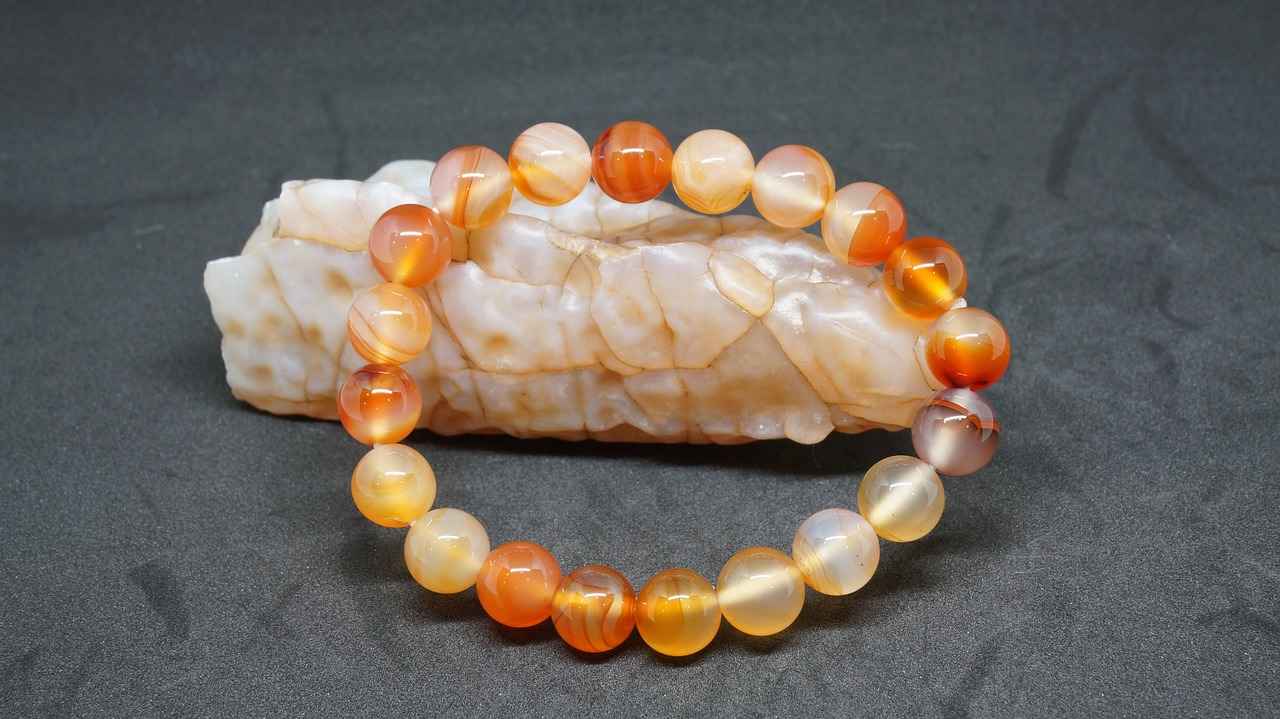
When Should You Consult a Professional?
Restoring vintage jewelry can be a rewarding endeavor, allowing you to breathe new life into cherished pieces. However, knowing when to seek professional help is crucial to ensure that the integrity and value of the jewelry are preserved. This section will delve into the specific scenarios where consulting an expert is not only advisable but essential.
- Significant Damage: If the piece has noticeable damage such as broken clasps, missing stones, or severe tarnishing, it is best to consult a professional. Attempting to fix these issues without the right skills can lead to further damage and decreased value.
- Complex Repairs: Jewelry that requires intricate repairs, such as resetting gemstones or soldering broken metal, should be handled by a professional. These tasks demand specialized tools and expertise that the average DIYer may lack.
- High-Value Pieces: When dealing with high-value vintage jewelry, the stakes are much higher. A professional can provide the necessary care and skill to ensure that the piece retains its market value.
- Historical Significance: If the piece has historical or sentimental value, it’s crucial to preserve its authenticity. Professionals can offer restoration techniques that respect the original craftsmanship, ensuring that the piece remains true to its heritage.
- Uncertainty About Materials: If you are unsure about the materials used in the jewelry (such as the type of metal or gemstones), it’s wise to consult an expert. They can identify materials and recommend appropriate restoration methods.
- Specialized Cleaning Needs: Some vintage pieces, especially those with delicate components or unique finishes, may require specialized cleaning techniques. A professional can safely clean these items without risking damage.
In addition to these considerations, it’s important to note that professionals often have access to advanced tools and techniques that can make a significant difference in the restoration process. They can also provide valuable insights into the jewelry’s history and best practices for care and maintenance.
Overall, while many restorations can be tackled at home, the expertise of a professional is invaluable in situations where the jewelry’s value and integrity are at risk. By recognizing the signs that indicate a need for professional assistance, you can ensure that your vintage jewelry remains a treasured piece for years to come.
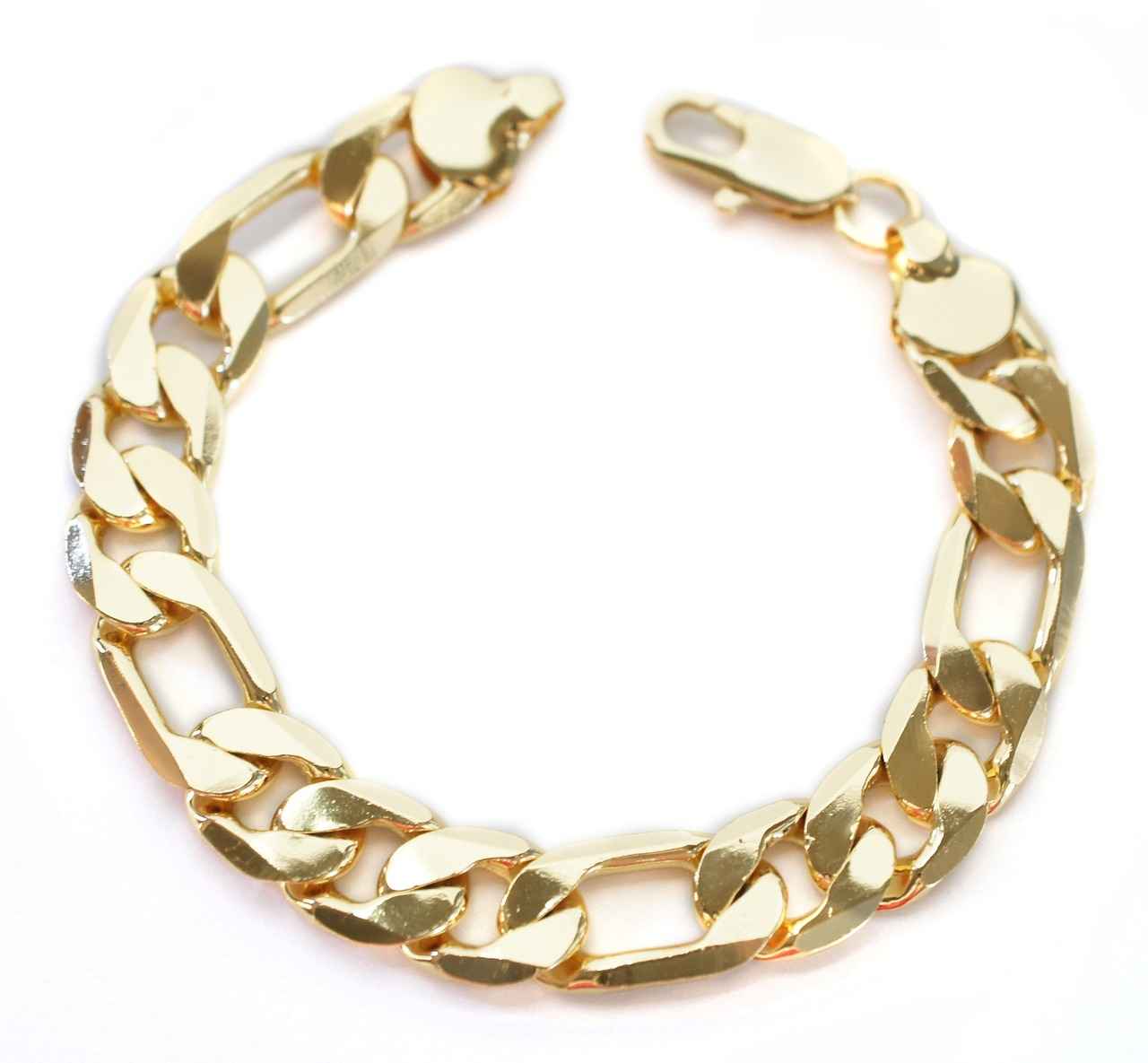
What Are Common Restoration Techniques?
Restoring vintage jewelry requires a delicate balance of expertise and care. The techniques employed in the restoration process are crucial for maintaining the piece’s historical significance and financial value. In this section, we will explore some of the most common restoration techniques, including polishing, re-stringing, and repairing settings, while emphasizing the importance of preserving value throughout the process.
When it comes to restoring vintage jewelry, several techniques can be employed. Each method serves a specific purpose and must be executed with precision to ensure the piece retains its original charm and value.
- Polishing: This technique involves carefully removing surface scratches and tarnish from metals. It is essential to use the right polishing compounds and tools to avoid altering the piece’s original finish. Over-polishing can lead to a loss of detail, so a gentle approach is vital.
- Re-stringing: For vintage necklaces or bracelets that feature beads or pearls, re-stringing is a common necessity. This process involves replacing old, worn-out strings with new, durable materials. It is crucial to choose a string that complements the original design while ensuring the piece’s longevity.
- Repairing Settings: Vintage jewelry often features intricate settings that can become loose or damaged over time. Repairing these settings requires a skilled hand to ensure that gemstones are securely held in place without compromising their integrity. This technique is particularly important for maintaining the piece’s value, as a well-secured gemstone enhances the overall aesthetic and marketability.
- Cleaning: Gentle cleaning is essential to remove dirt and grime that accumulate over time. Using mild cleaning solutions and soft brushes can restore the jewelry’s luster without damaging delicate components. Avoid harsh chemicals that can erode finishes or harm gemstones.
- Restoring Patina: Some vintage pieces have a desirable patina that adds character. Restorers can enhance this natural aging process rather than remove it. This technique helps maintain the piece’s historical context and appeal.
Each of these techniques plays a vital role in the restoration process. However, it is important to approach restoration with caution and a clear understanding of the piece’s value. Consulting with professionals or experienced restorers can provide insights into the best methods to use, ensuring that the jewelry remains a treasured artifact rather than a diminished version of its former self.
In summary, restoring vintage jewelry is an art that requires a thoughtful approach. By employing techniques such as polishing, re-stringing, and repairing settings, you can breathe new life into these precious pieces while safeguarding their value. Always prioritize the preservation of the original characteristics that make vintage jewelry so unique and cherished.
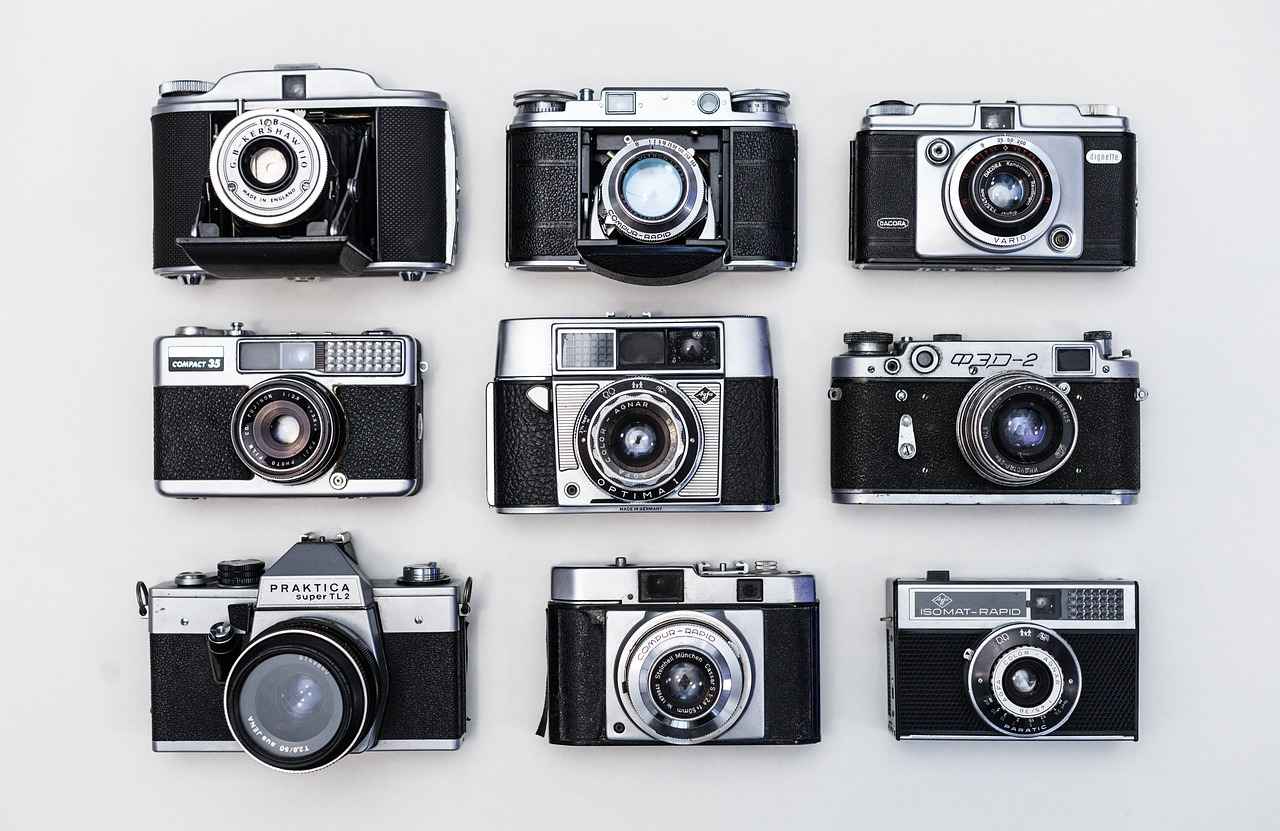
How to Store Restored Vintage Jewelry Safely?
When it comes to preserving the beauty and value of restored vintage jewelry, proper storage is essential. Vintage pieces often carry not just monetary worth but also sentimental value, making their care even more critical. In this section, we will delve into effective guidelines for storing your restored treasures, ensuring they remain in pristine condition for years to come.
First and foremost, it is important to recognize that environmental factors can significantly impact the condition of your jewelry. Here are some key considerations:
- Temperature and Humidity: Store jewelry in a cool, dry place. Excessive heat or humidity can lead to tarnishing and deterioration of materials.
- Light Exposure: Keep vintage pieces away from direct sunlight. Prolonged exposure can cause fading or discoloration of gemstones and metals.
- Air Quality: Avoid storing jewelry in areas with high pollution or chemical exposure, as these can corrode metals and damage stones.
Next, the way you organize and store your jewelry is equally important. Here are some practical tips:
- Use Soft Pouches or Wraps: Each piece should be stored separately in a soft pouch or wrapped in acid-free tissue paper. This prevents scratches and tangling.
- Jewelry Boxes: Invest in a quality jewelry box with individual compartments. Look for boxes lined with soft fabric to provide a cushioning effect.
- Avoid Plastic: Do not store jewelry in plastic bags or containers, as they can trap moisture and cause tarnishing.
For pieces with delicate components such as pearls or antique settings, extra caution is required. Here are some specialized storage tips:
- Keep Pearls in a Breathable Environment: Pearls should be stored in a fabric-lined box or pouch to prevent them from drying out and becoming brittle.
- Secure Loose Stones: If your jewelry has any loose stones, ensure they are stored in a way that minimizes movement to prevent further loosening.
Lastly, it’s essential to regularly check the condition of your stored jewelry. Periodically inspect for any signs of wear, tarnish, or damage. This proactive approach allows you to address any issues before they escalate.
In summary, the proper storage of restored vintage jewelry is crucial for maintaining its condition and value. By considering environmental factors, organizing effectively, and taking special care with delicate pieces, you can ensure that your treasured jewelry remains a source of beauty and pride for generations to come.
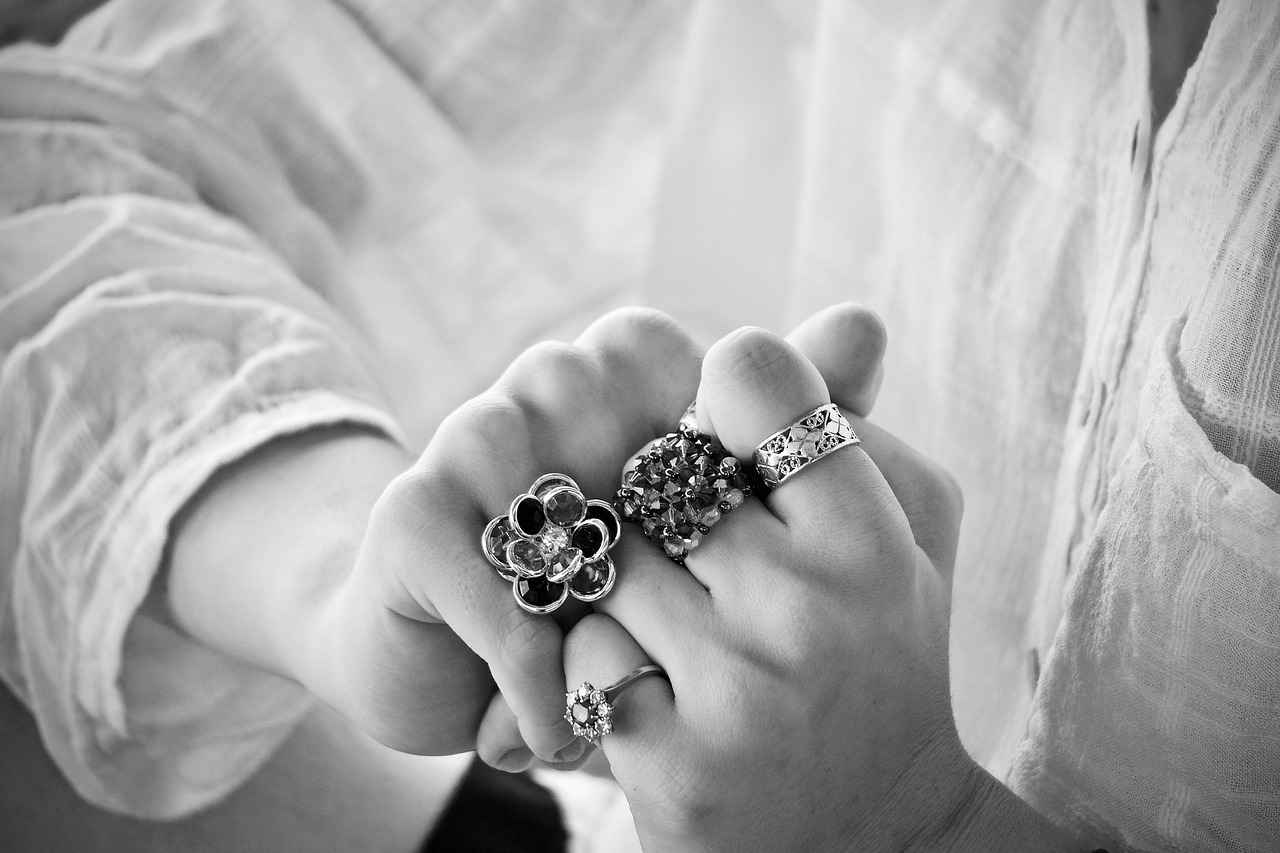
What Are the Risks of Over-Restoration?
When it comes to restoring vintage jewelry, striking the right balance is crucial. While restoration can breathe new life into a cherished piece, over-restoration can lead to significant consequences that ultimately diminish its value. In this section, we will explore the various risks associated with over-restoration and offer guidelines on how to approach the restoration process thoughtfully.
One of the primary risks of over-restoration is the loss of originality. Vintage jewelry often carries a unique character shaped by the era it represents. Excessive polishing or altering of the piece can erase its historical context, making it less appealing to collectors. For instance, removing surface patina or altering the finish can strip the jewelry of its authenticity, leading to a devaluation in the eyes of potential buyers.
Another significant risk is the potential damage to the materials used in the jewelry. Many vintage pieces are crafted from delicate materials that require careful handling. Overzealous cleaning or the use of harsh chemicals can weaken settings, damage gemstones, or even lead to the complete loss of intricate details. For example, using ultrasonic cleaners on older pieces can cause stones to loosen or even fall out, resulting in costly repairs.
Furthermore, over-restoration can create a false sense of value. A piece that has been overly restored may appear pristine, but collectors often seek items with a patina of age. A well-preserved vintage piece with minor imperfections can be more desirable than a “like-new” item that has undergone excessive restoration. This discrepancy can mislead buyers and ultimately lead to dissatisfaction.
To avoid these pitfalls, it is essential to assess the condition of the jewelry before initiating any restoration work. Understanding the piece’s history and the materials used can guide restoration efforts. It is also advisable to consult with experts who specialize in vintage jewelry restoration, as they can provide insights into what is necessary and what should be left untouched.
In summary, while restoration is often necessary to maintain the beauty and functionality of vintage jewelry, over-restoration poses significant risks. By recognizing the potential dangers and approaching the process with care, you can preserve the integrity and value of your treasured pieces. Always remember that less can be more in the world of vintage jewelry restoration.

How to Document Your Restoration Process?
Documenting the restoration process of vintage jewelry is an essential practice that serves multiple purposes. Not only does it preserve the history of the piece, but it also provides valuable information for future reference, ensuring that any subsequent care or restoration efforts are informed and consistent. This section will guide you through the best practices for documenting repairs and cleaning efforts, emphasizing the importance of maintaining the jewelry’s provenance.
The documentation of your restoration process is crucial for several reasons:
- Provenance Preservation: Keeping records helps establish the history of the piece, which is vital for its value.
- Future Reference: Detailed notes can assist in future restorations, helping to maintain consistency in care.
- Transparency: If you ever decide to sell the jewelry, potential buyers will appreciate the documented history.
When documenting the restoration process, consider including the following details:
- Date of Restoration: Always note when the restoration took place.
- Condition Before Restoration: Take photographs and notes on the piece’s condition prior to any work.
- Restoration Techniques Used: Document the specific methods and materials employed during the restoration.
- Tools Used: Keep a list of tools and products used, as this can be helpful for future maintenance.
- Professional Involvement: If you consulted a professional, include their contact information and any recommendations they provided.
To ensure your documentation is effective and easy to reference, consider the following organizational tips:
- Create a Restoration Log: Maintain a dedicated notebook or digital file that contains all your restoration notes.
- Use Photographs: Visual documentation can provide a clear before-and-after comparison, enhancing your records.
- Keep Receipts: If you purchase tools or materials, save receipts to have a complete financial record of your restoration efforts.
Keeping your documentation up to date is just as important as the initial recording:
- Regular Updates: After each restoration or cleaning, promptly update your records to ensure they reflect the most current information.
- Review Periodically: Set reminders to review your documentation regularly, ensuring you catch any missing details.
In conclusion, documenting your restoration process is not just a matter of record-keeping; it is a vital part of preserving the integrity and value of vintage jewelry. By following these guidelines, you can create a comprehensive and organized record that serves both you and future owners of the piece.
Frequently Asked Questions
- What is the best way to clean vintage jewelry at home?
Cleaning vintage jewelry at home can be a delicate task. Use a soft cloth and mild soap mixed with warm water to gently wipe the piece. Avoid harsh chemicals that can damage the materials!
- How can I tell if my vintage jewelry needs professional restoration?
If you notice significant damage, such as loose stones or broken clasps, it’s time to consult a professional. They have the expertise to restore your piece without compromising its value.
- What tools do I need for basic restoration at home?
For simple restorations, you’ll need a soft brush, polishing cloths, and perhaps some jewelry glue. Always prioritize using tools that won’t scratch or damage your jewelry!
- Can over-restoration affect the value of my vintage jewelry?
Absolutely! Over-restoration can strip away the original character and charm, potentially reducing its value significantly. Less is often more when it comes to vintage pieces.
- How should I store my restored vintage jewelry?
Store your jewelry in a cool, dry place, ideally in a soft pouch or a dedicated jewelry box. This helps prevent scratches and keeps them in pristine condition!

